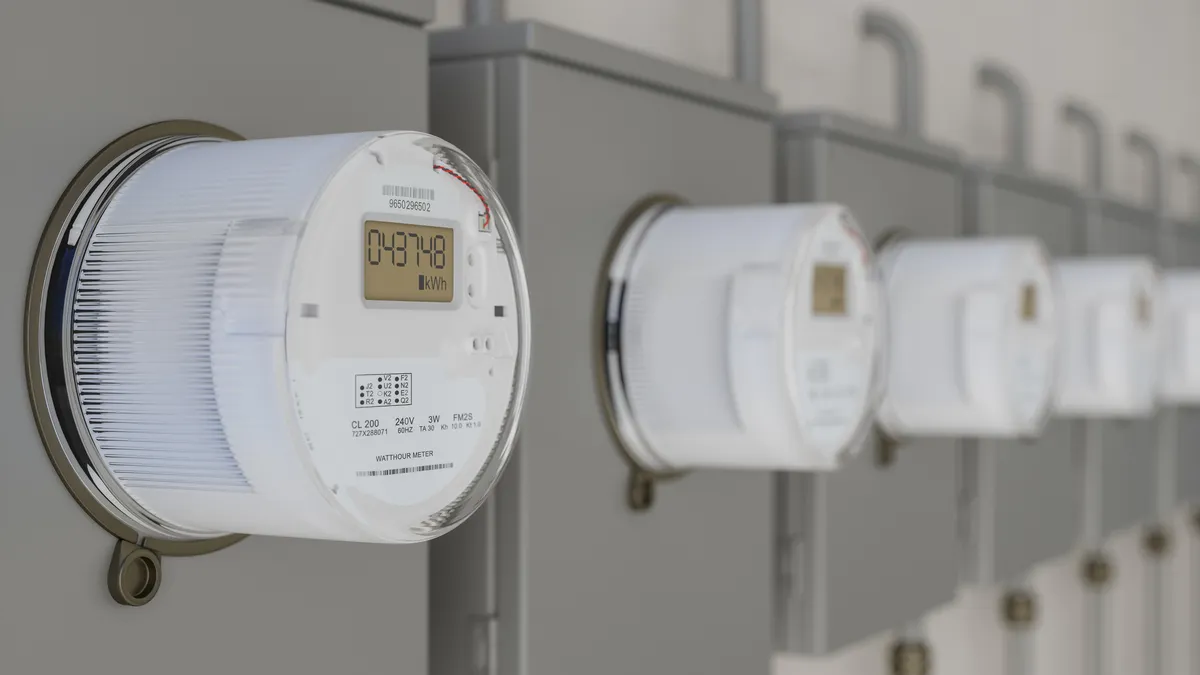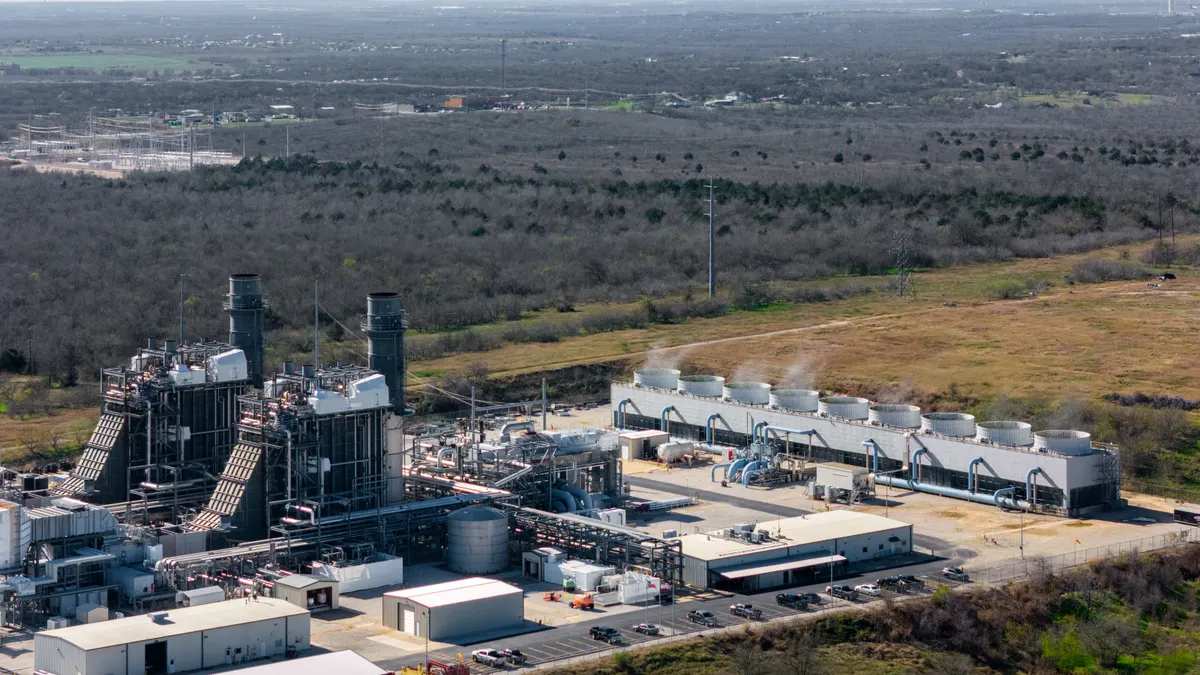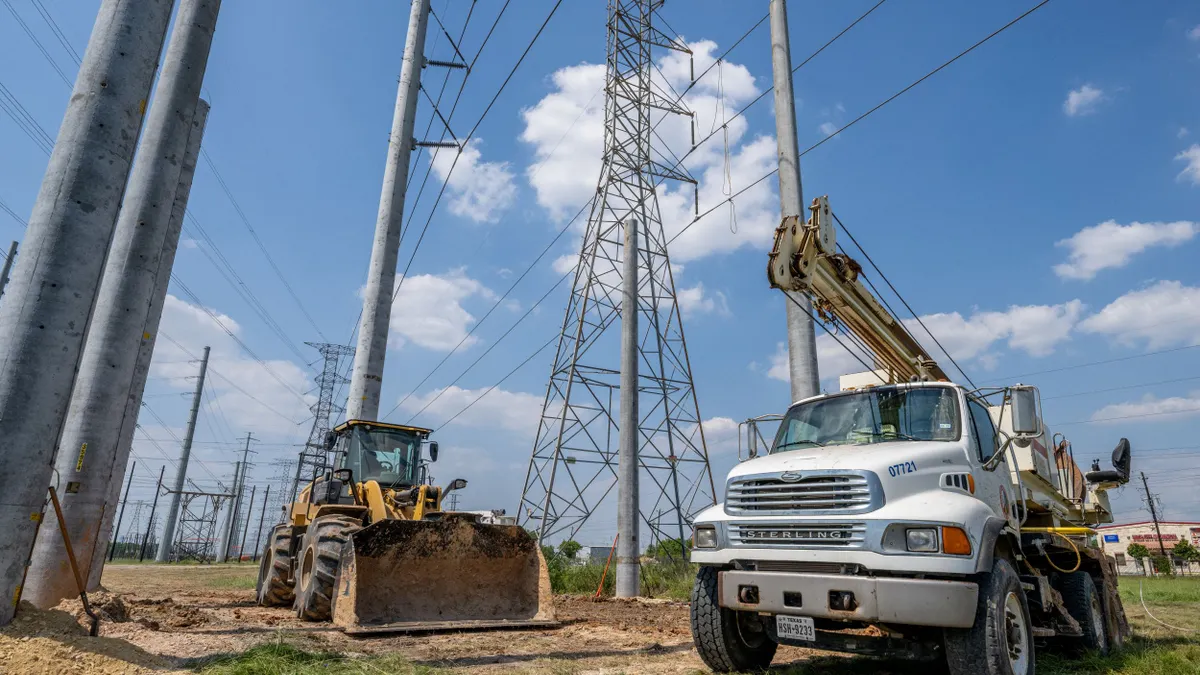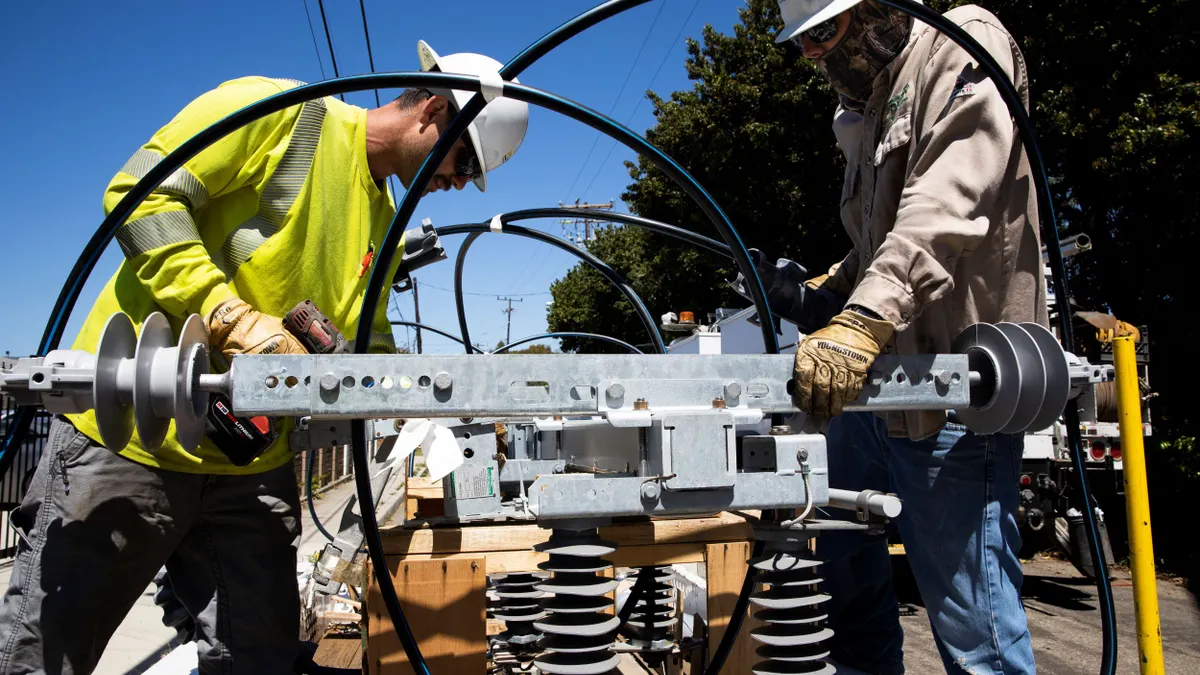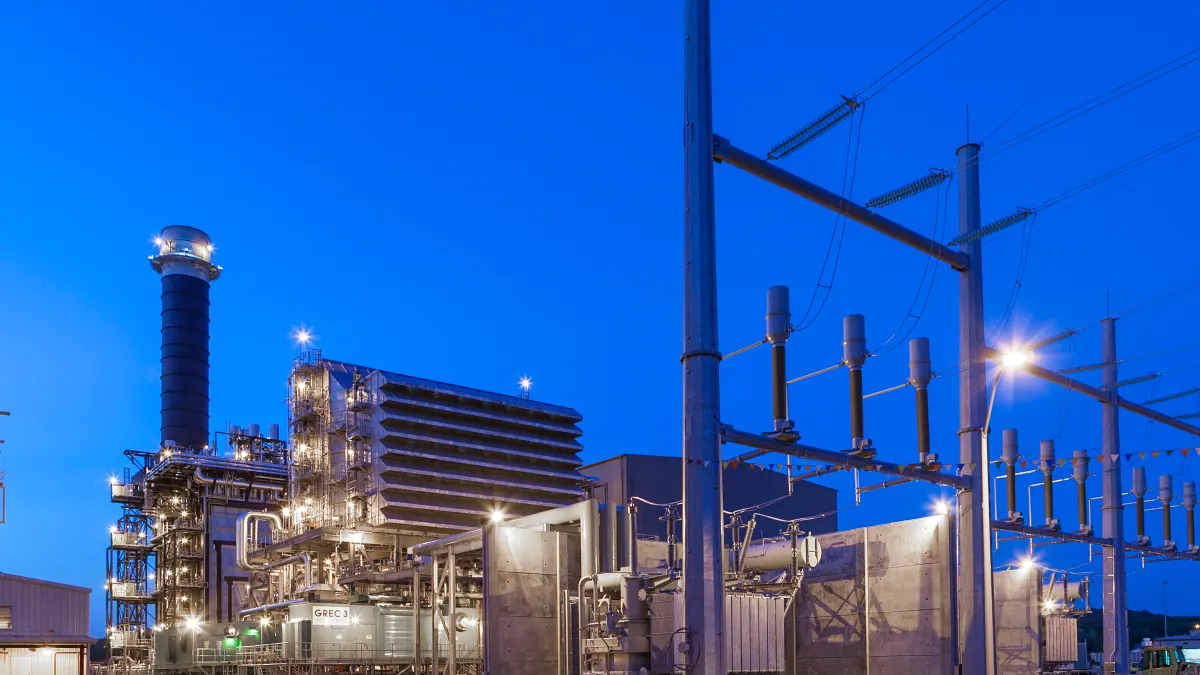Kent Chandler is a resident senior fellow in energy and environmental policy at the R Street Institute, Chris Villarreal is an associate fellow in energy and environmental policy at R Street and Michael Giberson is a senior fellow in energy policy at R Street.
Electric bills are rising, and energy adequacy is at the top of policymakers’ agendas. The most recent North American Electric Reliability Corp. analysis indicates that much of the country is at an elevated risk this summer of experiencing insufficient operating reserves in above-normal conditions. Given the backlogs of generator interconnection requests and gas turbine orders, the delays inherent in current state and federal siting regimes, and the immediacy of load growth in certain parts of the country, it is clear we can’t build our way out of this situation in the near-term. However, enabling flexible customer demand can drive significant system-wide benefits, mitigating the cost or timing of expensive system upgrades. Now is the time for states to take action to empower consumers to play a greater role in their individual and collective energy future.
It’s been 30 years since some states began restructuring their electricity laws, allowing customers to buy electricity from suppliers other than their incumbent utilities. However, even with significant leaps in technological innovation and expansion of wholesale markets, implementation of retail choice and customer empowerment within vertically-integrated states has lagged. To determine the state of play for customers to make their own electricity choices, we recently completed a review of consumer choice, retail competition and customer empowerment in all 50 states and the District of Columbia, culminating in a report grading the states on their level of customer empowerment.
As you might imagine, the grades vary, from Texas receiving an A- to Alabama receiving the effort’s lone F. Regardless of the grade assigned, every state can better support customer choice and competition in electric power. Customers deserve an opportunity to express a choice in their electricity use, but they need opportunities and options to choose.
Many reports in the utility regulatory world score or rank states based on the presence of a program or whether a state has taken an action. Our report instead focuses on the implementation of customer choice and empowerment. It is not merely enough to have restructuring legislation, especially when a state has passed laws and conforming rules that drive all suppliers out of the residential retail market (looking at you, Maryland), or when state leaders spend years undermining retail choice with suspect “studies,” like they have in Massachusetts.
Although more than 70% of the country has advanced meters capable of capturing metering data in five or 15 minute intervals, most residential rates are dumb, consisting of a monthly customer charge and a flat energy charge. Flat rates are not reflective of actual system costs, meaning they drive inefficient use, exacerbating the need for otherwise unnecessary system investments and leaving consumers without the appropriate signals to avoid peak consumption.
Most utilities are merely content with the additional rate base smart meters provide, as the vast majority of them do not fully implement the meters’ capabilities. Even in vertically-integrated states, providing near-real-time usage data to customers or implementing programs like Green-Button Connect so that customers could work with third parties to manage their demand would use smart meter investments to their fullest potential, driving down system costs and saving customers money. Somehow, smart meters are even less useful in some restructured states, where, although fully deployed, they aren’t even used to settle customer load, with utilities still using stock sample load profiles. Using actual interval customer data to settle loads would allow suppliers to work with customers to create cost-effective programs for everyone’s benefit.
In states where retail competition is still against the law, wholesale competition provides some opportunity. Some customers, mostly commercial and industrial ones, in a number of vertically-integrated states are able to indirectly contract with third party suppliers via tariffed options, like sleeved power purchase agreements. However, opportunities for these types of arrangements are slim outside of organized wholesale markets. Further, we noticed that in vertically-integrated states, regulators do use wholesale market prices and results to gauge utility actions, questioning investments and planning proposals. This market experience helps ensure robust records and informed regulators, mitigating the risk to captive customers of silly utility ideas.
Customers and policymakers are increasingly demanding more responsive and accountable utilities, but in states that have retail competition, legislatures routinely implement well-meaning rules that actually prohibit suppliers from offering programs to customers. These actions can be product or attribute bans, or merely price caps that make it impossible for suppliers to provide qualifying offers. Sometimes these actions drive participation in community aggregation programs, where the municipality is competitively choosing a supplier in bulk to participating citizens, which is better than no choice at all. However, in most instances, customers are left with only a small number of competitive choices and an unhedged and volatile default offer that has no environmental attribute attached.
We recommend anyone interested in unleashing the demand side of the power equation, offering customers some meaningful choice in their energy consumption in an industry otherwise plagued by monopolists, or expanding competition to drive efficiency, outcomes or innovation to review our scorecard to see where progress in your state or region can be made.
Some recommendations we make that are most applicable across regions are:
- Use smart meters smartly. If customers are already on the hook for the investment, unleash the meter’s capabilities to drive optionality and efficiency. Failing to do so just means advanced meters are a utility profit center. At a minimum, customers should have regular, unfettered access to their own data, and should be able to easily share their own data with whomever they choose.
- More competition — whether wholesale or retail — benefits consumers. Regulators should push to expand into or maintain their position in organized markets and regional transmission organizations, while also pushing their utility to procure resources competitively.
- Maximize opportunities for customers to express their preferences. If utilities are unable or unwilling to provide the services customers demand, customers should be able to procure them elsewhere. Similarly, if there are paths to accommodate customer interests outside of the regulated utility paradigm, those paths should be prioritized. This could include expansion of virtual power plants, renewable energy offerings, or a host of other options.
- Customers should also be able to participate in wholesale markets when they choose to, especially new customers that are driving load growth across the country and small-volume customers through pathways opened by the Federal Energy Regulatory Commission in orders 719 and 2222.


